Canada’s Special Operations Forces (CANSOFCOM): Every Unit Explained

When you think of Canada, the first thing that comes to mind might not be its military. But underneath the maple syrup, hockey, and cold weather lies an elite force with untold capabilities.
Canada’s special operations forces, although not widely known or talked about, are premier warfighters who are highly trained and ready at the helm to execute the various missions their country requires of them. Possessing many of the capabilities you’d expect of a special operations entity, Canada supersedes these with the Canadian Special Operations Forces Command. As you’ll come to find out in this blog post, Canada even has its own Tier One unit.
You might know what every special operations force of the United States military is, but do you know what Canada has to bring to the table in the world of special operations? Keep reading to find out how Canadian Spec Ops are well-trained, highly effective, and utilized in the full spectrum of combat.
TABLE OF CONTENTS
CANADIAN SPECIAL OPERATIONS: JOINT TASK FORCE 2 (JTF 2)
CANADIAN SPECIAL OPERATIONS: CANADIAN SPECIAL FORCES REGIMENT (CSOR)
CANADIAN SPECIAL OPERATIONS: CANADIAN JOINT INCIDENT RESPONSE UNIT (CJIRU)
CANADIAN SPECIAL OPERATIONS: 427 SPECIAL OPERATIONS AVIATION SQUADRON (427 SOAS)
CANADIAN SPECIAL OPERATIONS: NAVAL TACTICAL OPERATIONS GROUP (NTOG)
CANADIAN SPECIAL OPERATIONS: CANADIAN SPECIAL OPERATIONS TRAINING CENTRE
CANADIAN SPECIAL OPERATIONS: CONCLUSION
CANADIAN SPECIAL OPERATIONS: JOINT TASK FORCE 2 (JTF2)

Joint Task Force 2 is Canada’s elite Tier One unit. As with most other Tier One units, JTF2 is primarily tasked with performing counterterrorism operations both domestically and around the world.
JTF2’s members are trained to a high standard in order for them to operate effectively in stressful environments. JTF2 specializes in direct action, hostage rescue, special reconnaissance, foreign internal defense, protective security, and other high-value tasks. They are known for their great professionalism and discretion during operations, and work alongside other elite units such as Delta Force, SEAL Team Six, and the SAS.
JTF2 was created in 1993 to take over hostage rescue and counterterrorism responsibilities from the Royal Canadian Mounted Police SERT Teams. After 9/11, it was committed to international matters and saw its first major combat role outside of Canada. To date, as you’d expect with any Tier One unit, most information about JTF2 is classified, and the government of Canada does not comment on its affairs.
CANADIAN SPECIAL OPERATIONS: CANADIAN SPECIAL FORCES REGIMENT (CSOR)

CSOR is a relatively young force in the world of special operations, being stood up in 2006. CSOR is along the lines of a special infantry unit, with a concept similar to the U.S. Army Ranger Regiment. It provides Canada with a versatile and multi-mission force that’s capable of delivering tactical and strategic level effects.
CSOR’s core skills are special warfare, special reconnaissance, and direct action. It can conduct complex and difficult raids, work with the armed forces of other countries, capture strategic facilities, and adapt to dynamic security environments. CSOR delivers a robust, flexible, and high-readiness expeditionary force that is able to deploy abroad on an as-needed basis.
Just like any other SOF force, CSOR also has its own support personnel. CSOR support personnel play an integral role in its operational effectiveness, and are capable of working under harsh conditions with minimal direct supervision. CSOR supporters consistently produce high quality results.
CSOR pulls from Canada’s Army, Navy, and Air Force. Once a year for about ten days, CSOR recruits from these services. There are two types of candidates, those who want to be operators, and those who want to be supporters. Each has its own standards.
Candidates who want to join CSOR will put themselves through several arduous months of physical and mental exercises, focusing on combat skills and survival methods. Those who make the cut receive the regiment’s tan beret, and are assigned based on their category, to either of the three Direct Action companies, Special Forces company or Support Company.
CANADIAN SPECIAL OPERATIONS: CANADIAN JOINT INCIDENT RESPONSE UNIT (CJIRU)

The Canadian Joint Incident Response Unit provides a Chemical, Biological, Radiological and Nuclear Defense (CBRN) response for special operations missions. Essentially, CJIRU is the 911 for Canada when it comes to CBRN, but keep in mind that it is not solely a first responder element.
The unit’s main focus is detecting, identifying, and mitigating CBRN risks, and then later dealing with decontamination efforts if they are required. The unit responds with the Royal Canadian Mounted Police and the Public Health Agency of Canada during its CBRN operations.
The three troops this unit is broken down into are the Sampling and Identification Troop, Surveillance Troop, and the Decontamination Troop.
This unit also deploys internationally. These deployments are typically short and occur with little to no warning. Other forces in Canada’s military utilize their specialized response capability abroad if needed. Their op tempo and speed are very fast, and much more demanding than most of Canada’s military specialties. Members of this highly capable unit devote a large part of their time to training and education. Like in CSOR, members in this unit are either operators or supporters. The selection process to get into this unit is also rigorous, and candidates undergo difficult training, with many voluntarily withdrawing.
On a final note, select members of this unit are also qualified to conduct operations with Joint Task Force 2.
CANADIAN SPECIAL OPERATIONS: 427 SPECIAL OPERATIONS AVIATION SQUADRON (427 SOAS)

To put it simply, the 427 SOAS is to Canada what the 160th SOAR is to the United States. 427 SOAS provides dedicated special operations aviation assets to Canada’s special operations, while also providing assets to conventional forces as needed. Unlike the 160th SOAR, however, there is no formal selection process like you’d expect. To get into this unit, personnel wind up getting assigned this billet like any other assignment. The lack of a selection process does not speak for its capabilities or recognition, however. It still plays a vital role in supporting counterterrorism, special reconnaissance, and much more.
The aircraft of 427 SOAS can be armed with on-board aerial snipers, provide limited direct fire support from crew served mounted machine guns, and are able to provide means of insertion and extraction by fast rope, rappelling, and low hover techniques in rural, urban, and maritime environments.
One of the aircraft they use is the CH-146 Griffon Helicopter. While this unit has a decent amount of history to it, it was only transformed into a special operations entity in 2006, so like CSOR, this unit is also technically newer in the world of special operations.
CANADIAN SPECIAL OPERATIONS: NAVAL TACTICAL OPERATIONS GROUP (NTOG) (Honorable Mention)

Although NTOG is not a member of CANSOFCOM, we felt it was necessary to add this unit to this blog post as an honorable mention due to their intense missions and capabilities.
The Naval Tactical Operations Group is a full-time, dedicated unit within the Royal Canadian Navy that specializes in advanced boarding operations at sea. Part of these operations includes maritime interdiction, which is the interception of suspect vessels in order to prevent the movement of illicit cargo and material at sea. Their secondary duties are force protection, such as protecting Navy ships, infrastructure, and personnel. NTOG teams are deployed to various ships, augmenting the ship’s company for a mission or period of time. They provide additional security and planning capabilities to the ships as well.
Each member is trained in hand to hand combat, interrogation techniques, precision shooting, advanced medical skills, mission planning, and IED identification.
NTOG was created in 2014, so this is another newly minted entity of the Canadian Armed Forces. This unit is available to all personnel serving in the Royal Canadian Navy or its reserves.
CANADIAN SPECIAL OPERATIONS: CANADIAN SPECIAL OPERATIONS TRAINING CENTRE

As you can probably surmise from the name, this unit develops and provides training to CANSOFCOM personnel to support its operational requirements. It’s essentially the educational and training element of Canadian Special Operations.
The training it provides is common to all CANSOFCOM units, and it runs professional development courses that push members out of their comfort zone. This centre provides the means to enable the operators to have the physical and mental capability to excel in the various missions they’re being asked to perform. It also provides annual training to all CANSOFCOM personnel in areas such as ethics, rules of engagement, and human rights.
CANADIAN SPECIAL OPERATIONS: CONCLUSION

And with the last unit covered, what if you’re still interested in learning more about other foreign units? Chances are, you’re reading this in the United States. And if you’re from Canada, it's great to have you! We’ve covered Britain's Special Air Service and France’s GIGN.
If you want to learn more about the military, law enforcement, or government entities, we have a YouTube channel dedicated to providing the best info out there, plus we have a growing list of blog posts as well. Click the links to take you to them!
General Discharge is a veteran-owned, veteran-operated organization that is dedicated to providing the best U.S. Military and Law Enforcement information. With over 250 YouTube videos, over 45 million views, and hundreds of thousands of followers, we have contributed to the success and knowledge of both the current and future generations of service members.
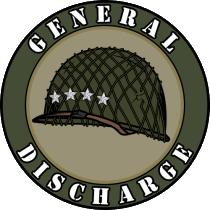
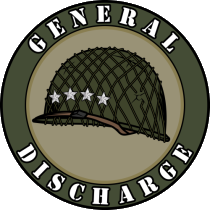

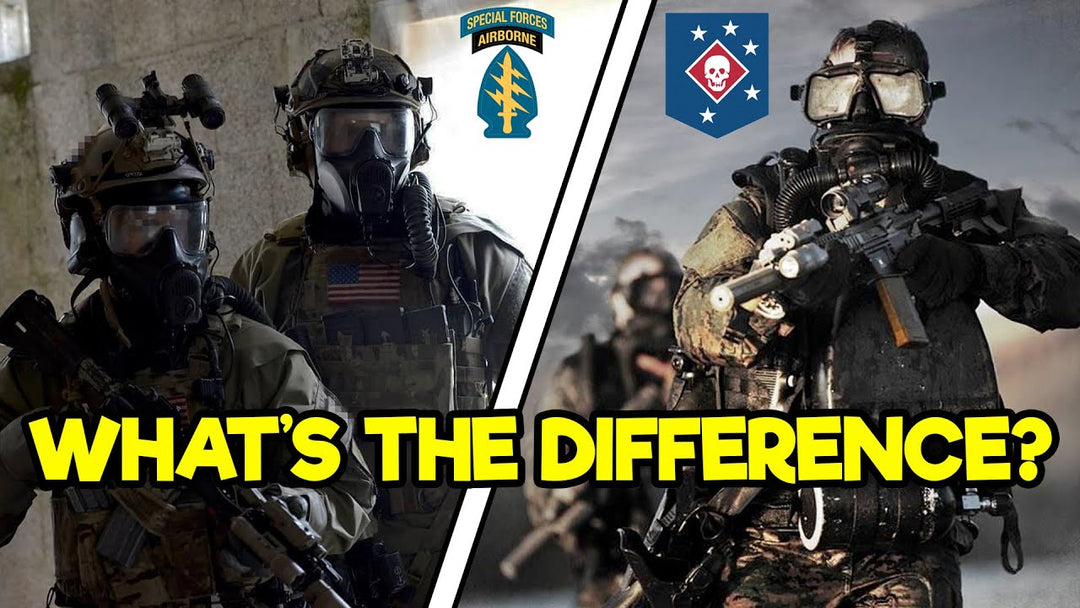
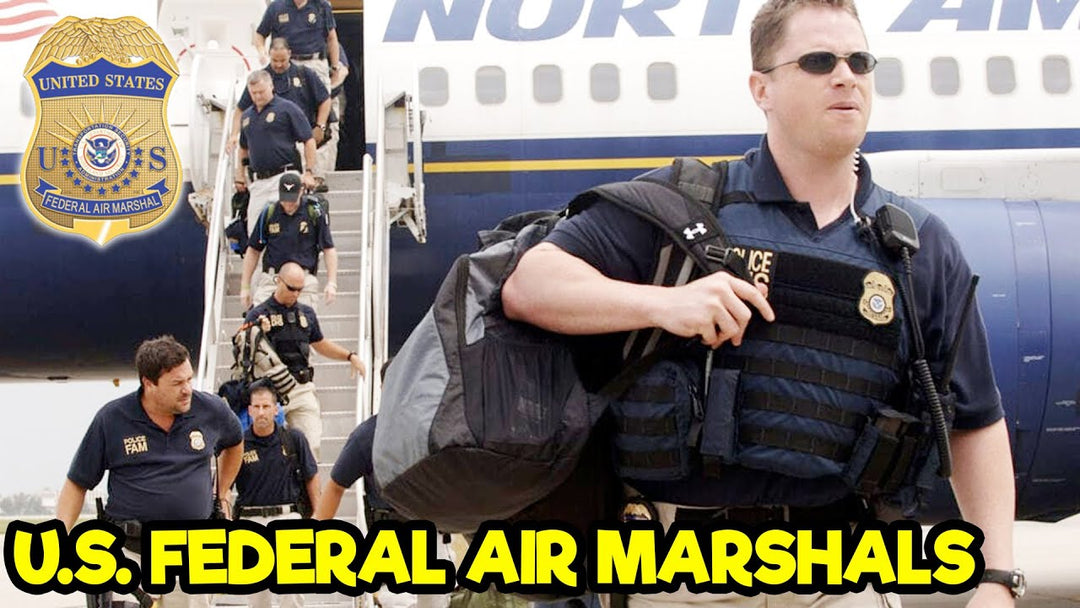
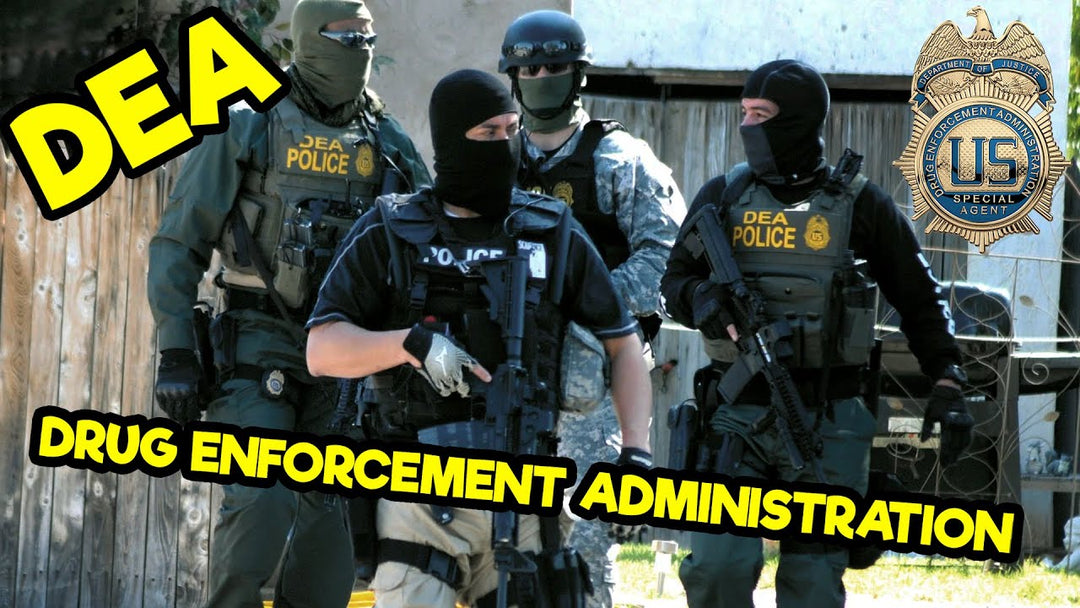
Leave a comment